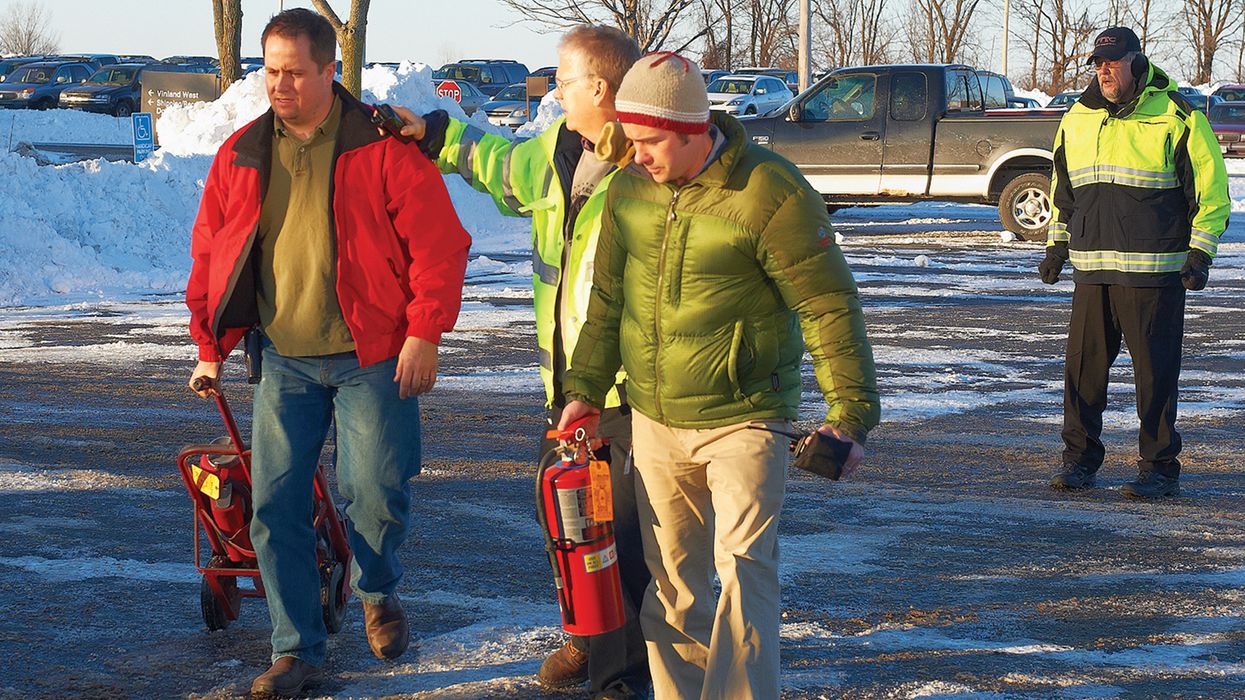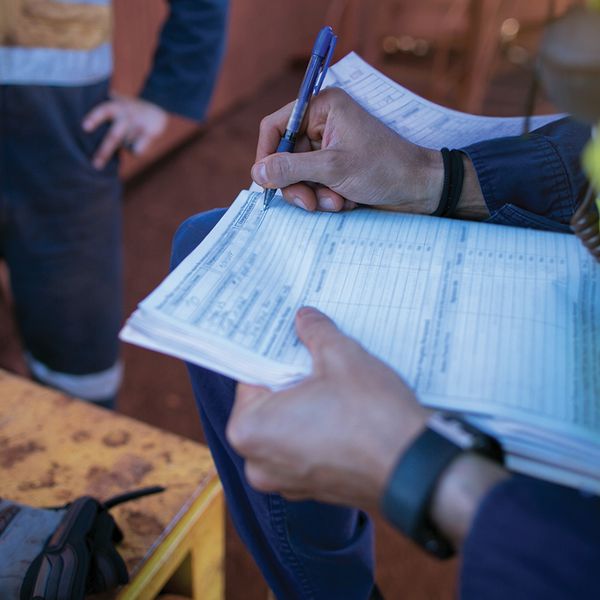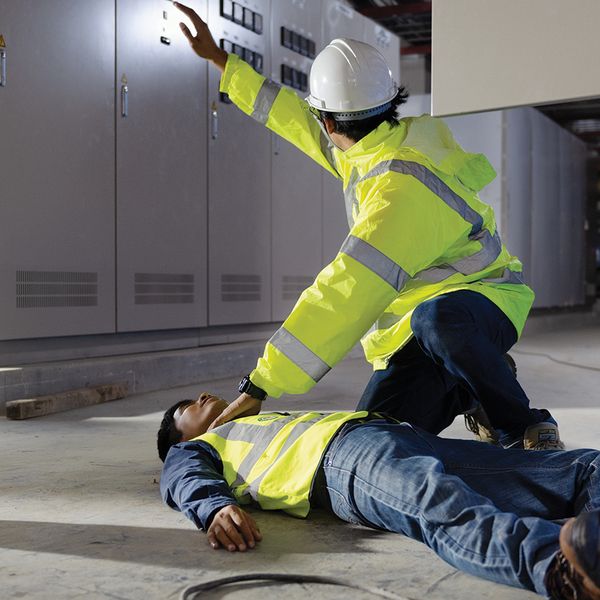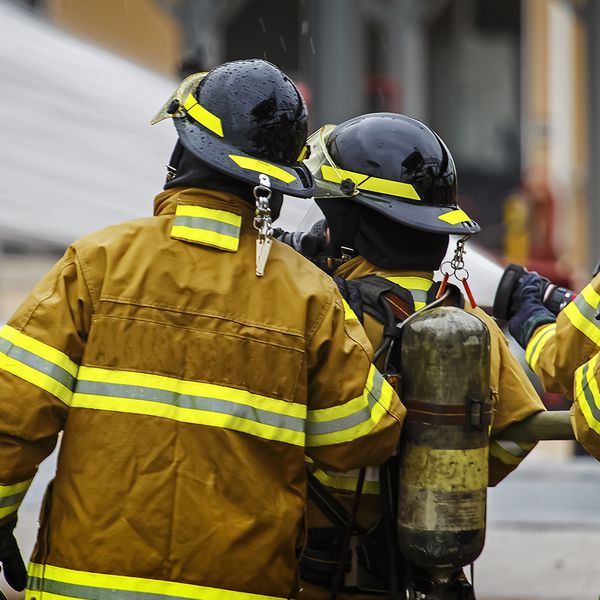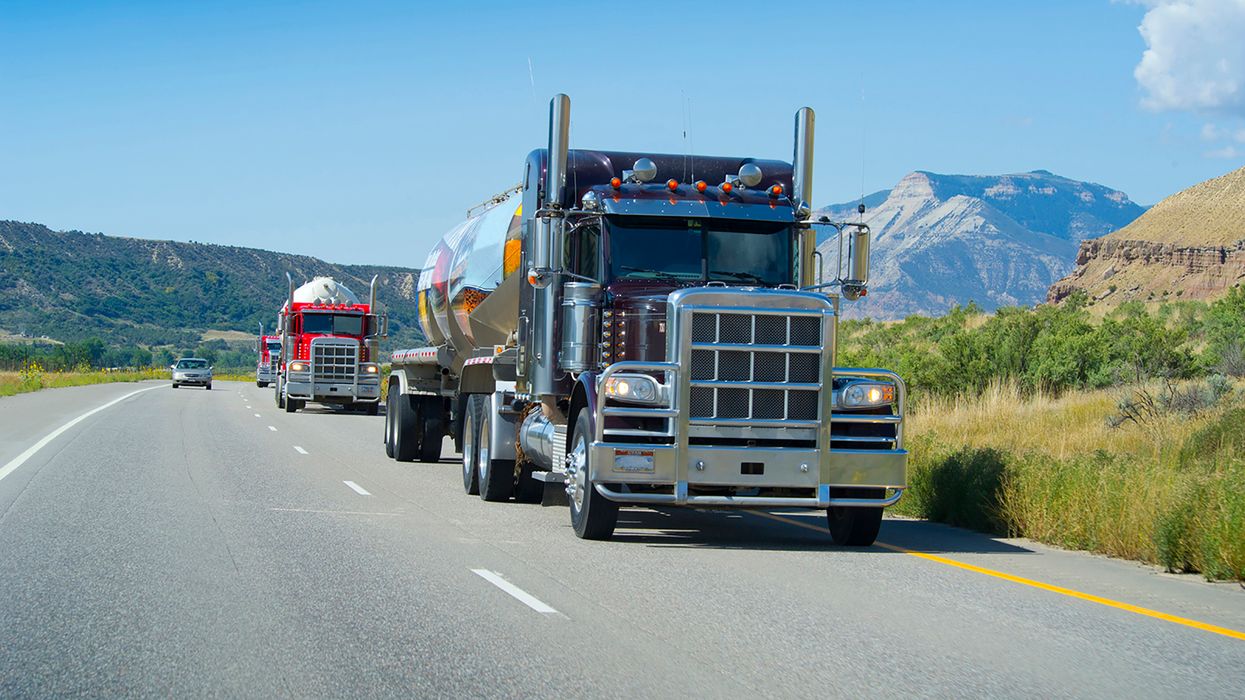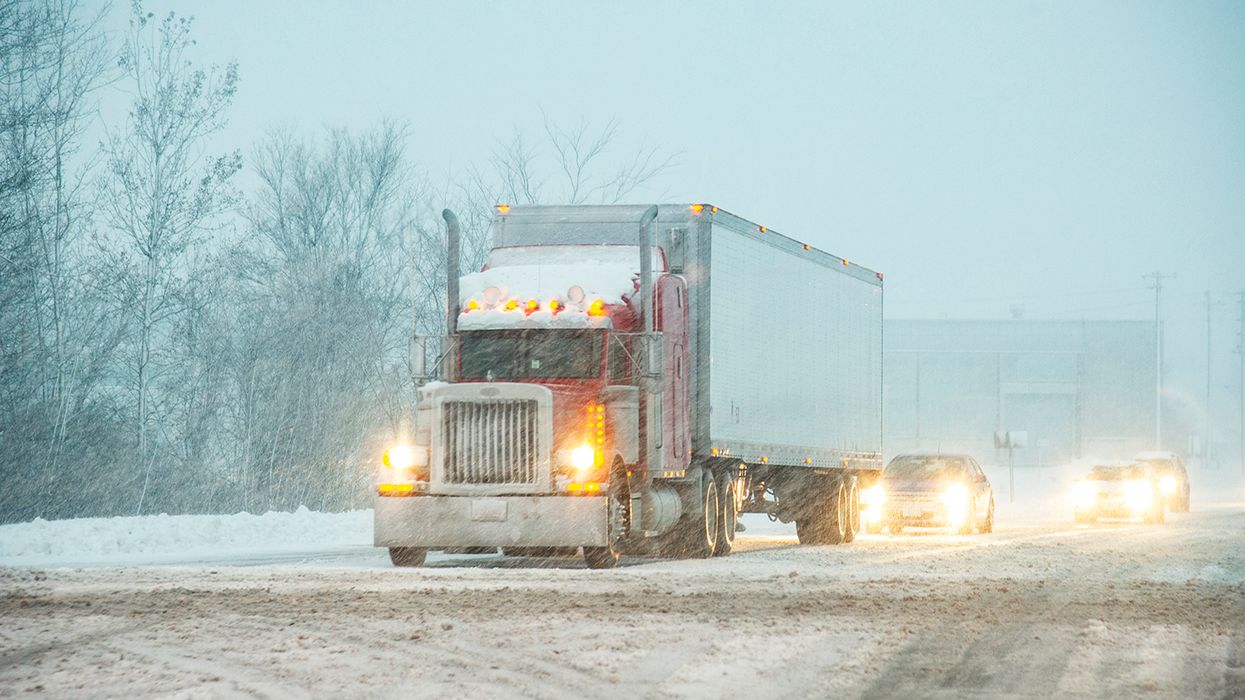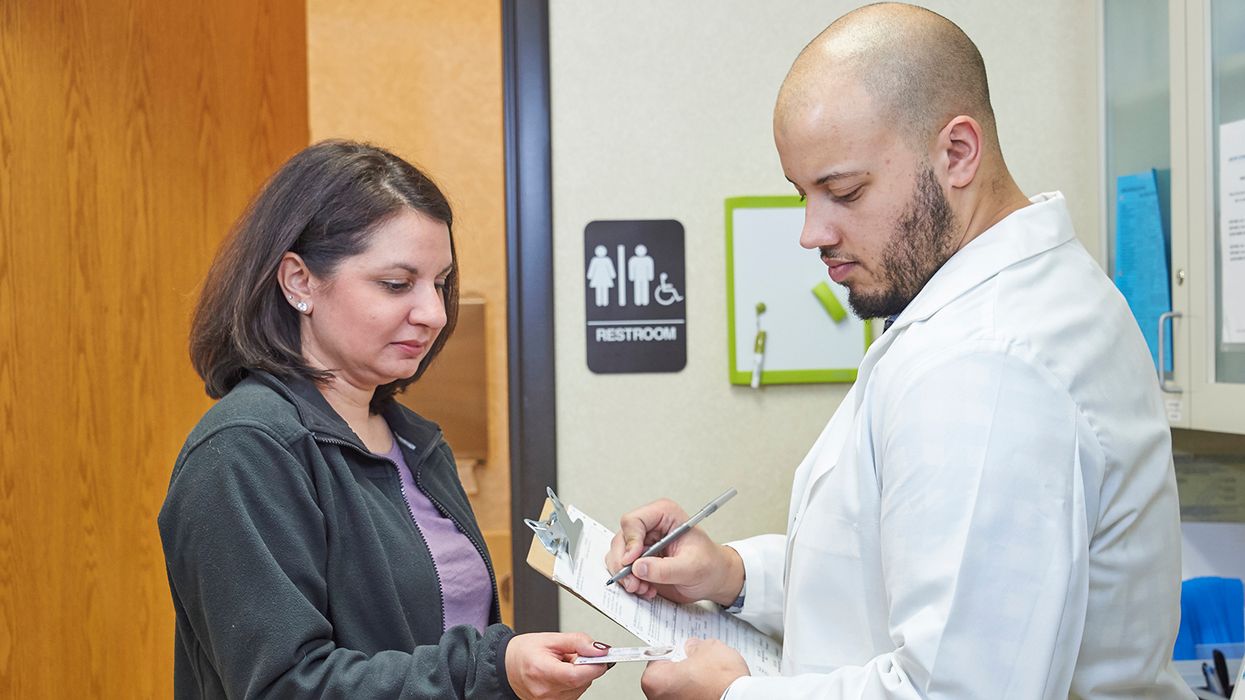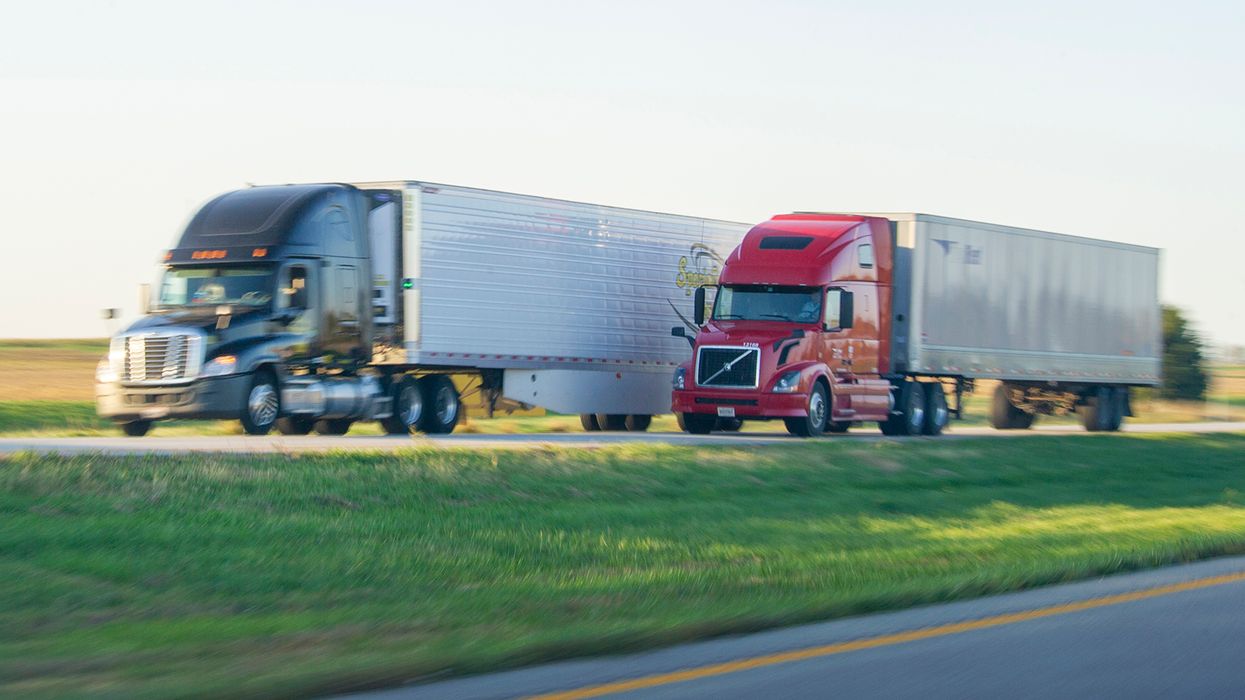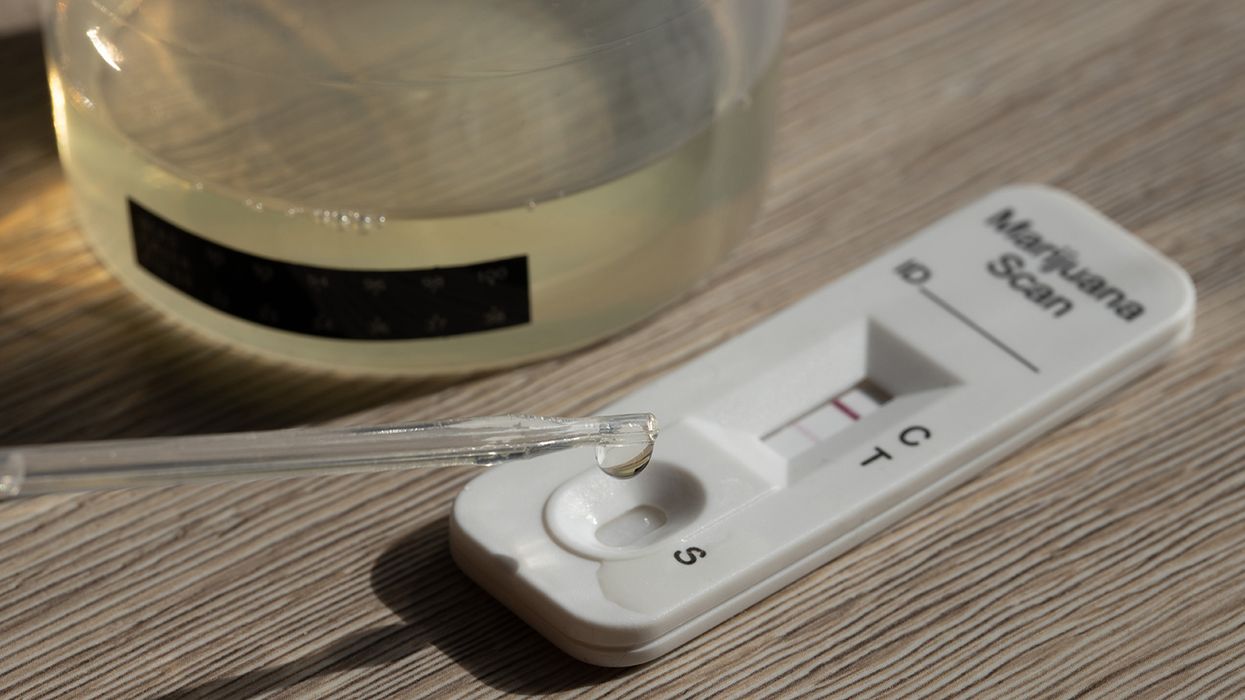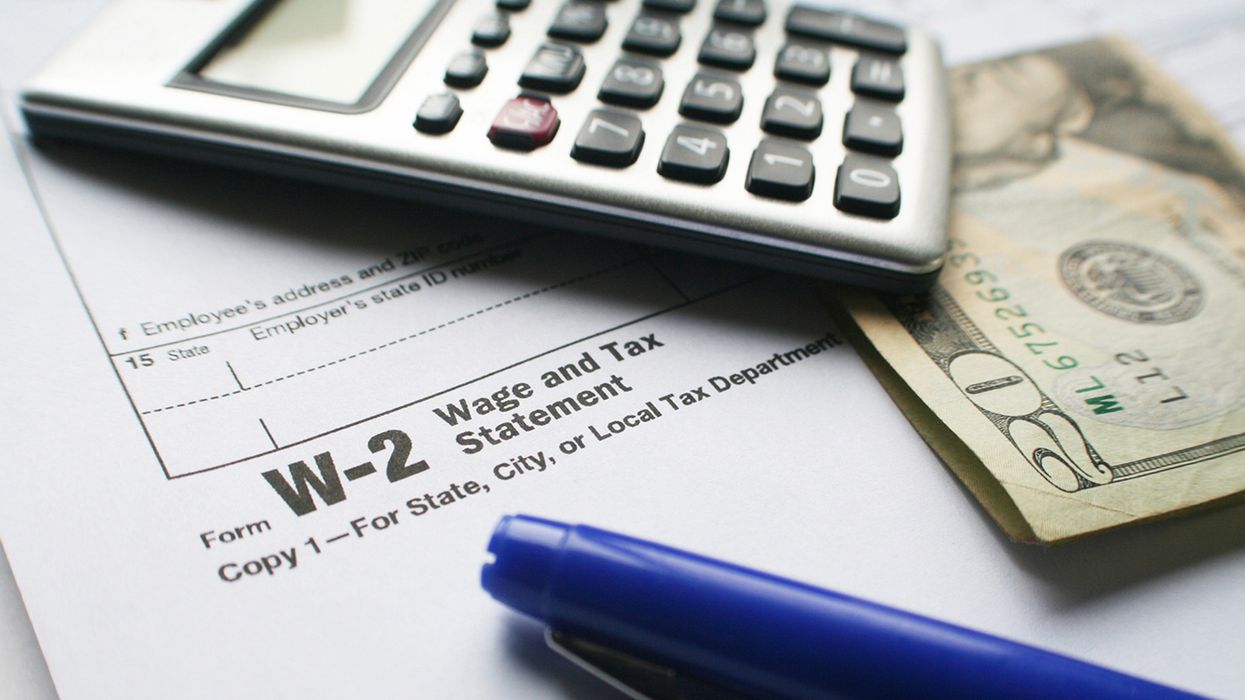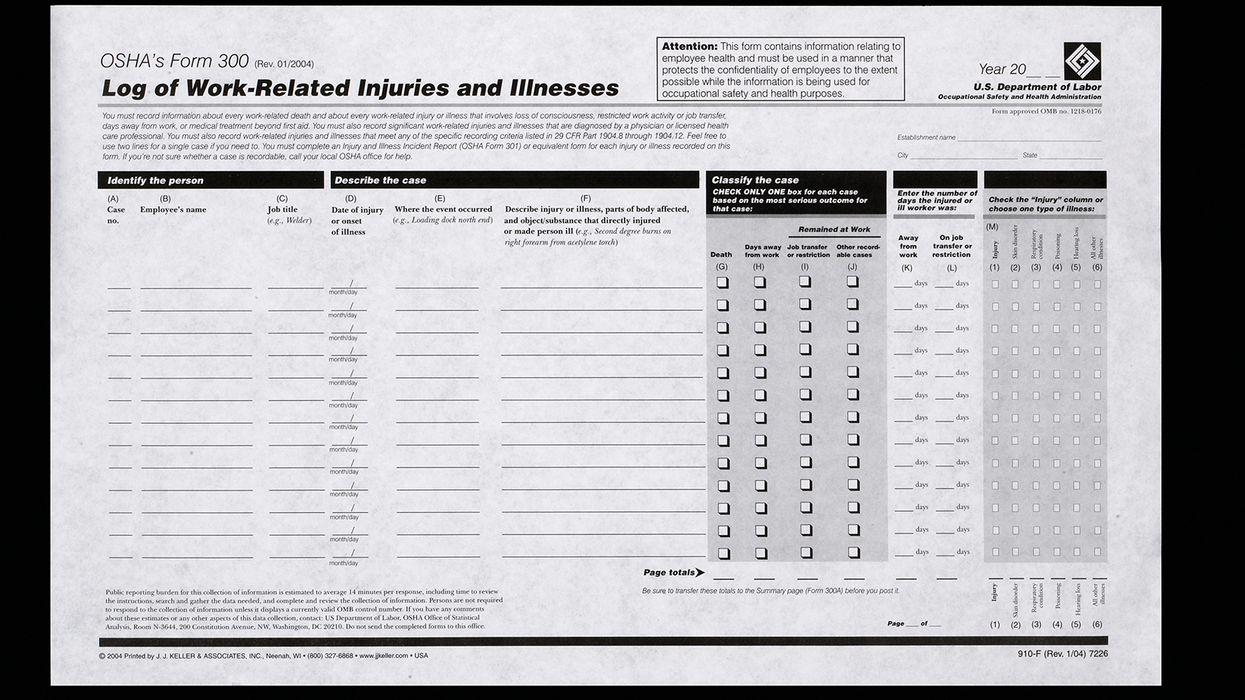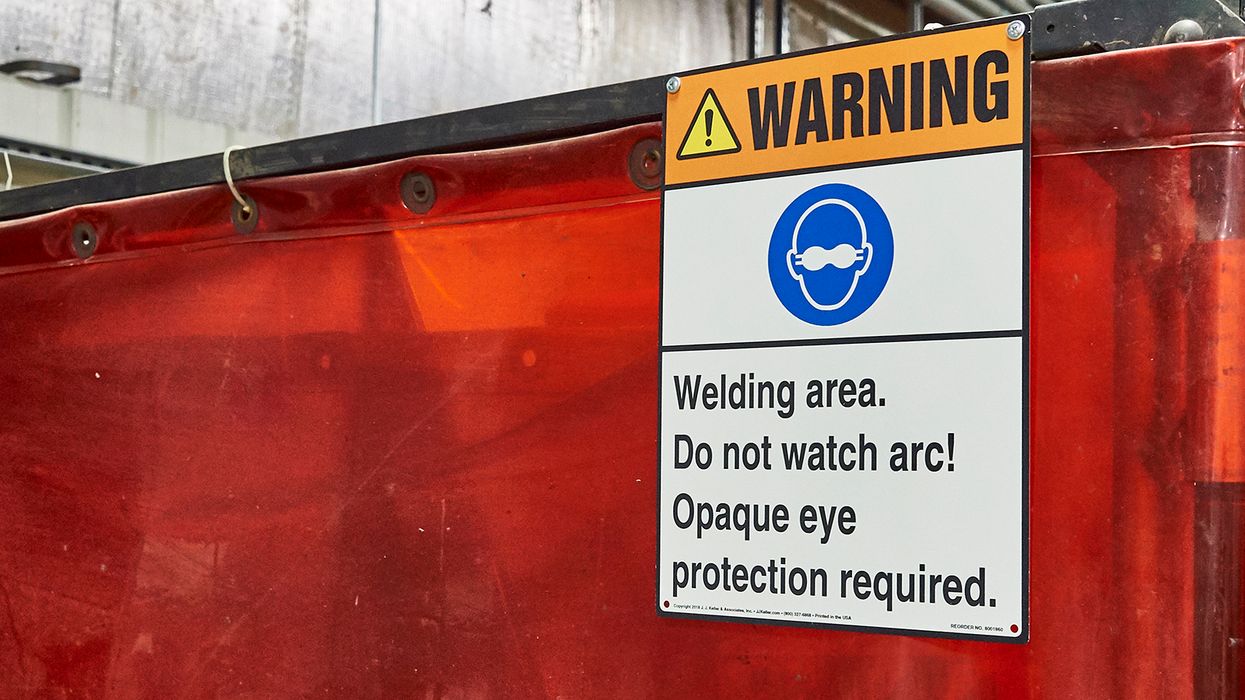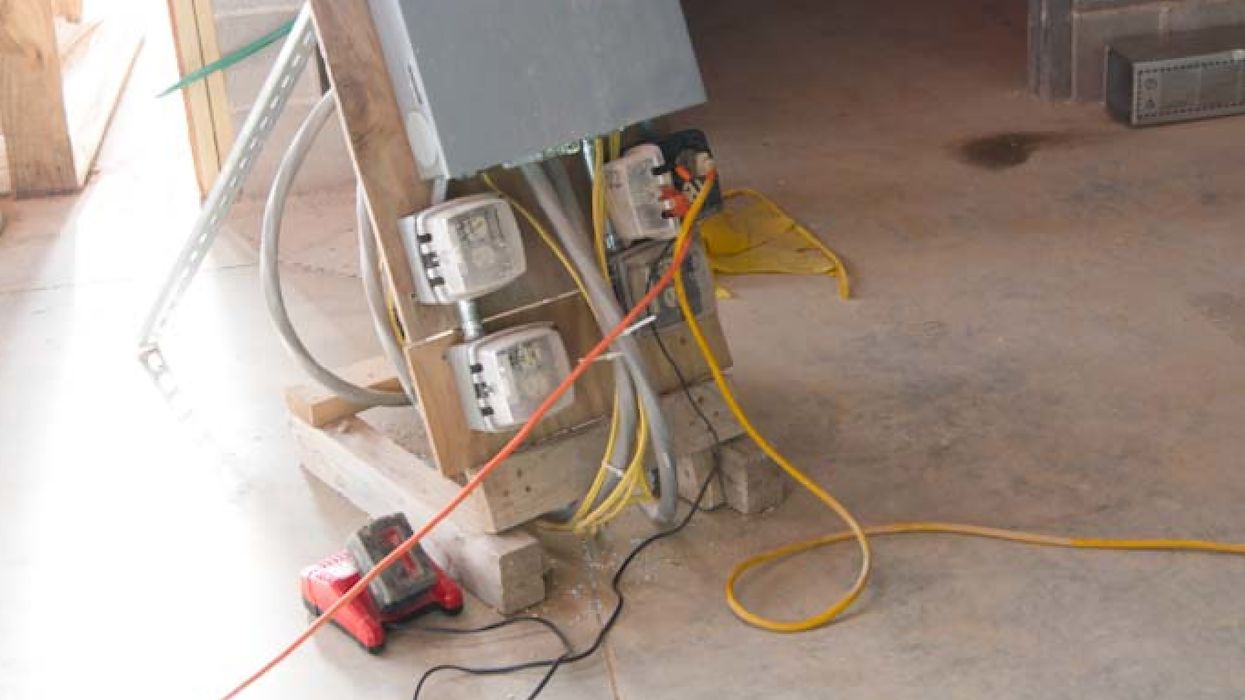UPDATE: OSHA Emergency Response proposal raises bar for those in line of fire
Emergency response is dangerous with more than 100 responders killed and hundreds of thousands injured each year. While OSHA regulates aspects of emergency response and preparedness, some of these standards were enacted decades ago, and none were designed as comprehensive emergency response standards.
Over the years, personal protective equipment (PPE) has improved significantly. National consensus standards now provide important guidance. Recognizing these advancements, OSHA published an Emergency Response proposed rule, dated February 5. The new standard, if finalized, would replace the existing Fire Brigades Standard at 1910.156. The deadline for comments on the proposed rule is May 6, 2024. UPDATE: OSHA has extended the comment period to June 21, 2024.
Scope and applicability
The existing standard applies to employers in general industry that have “fire brigades, industrial fire departments, and private or contractual type fire departments.” The scope of the new standard expands coverage to include private sector emergency service organizations (ESOs), workplace emergency response employers (WEREs), and workplace emergency response teams (WERTs).
In state-plan states, two more entities would also be covered as ESOs:
- Public sector employers, and
- Volunteer organizations whose members the state deems to be employees.
The scope of the standard would also:
- Be expanded to include a range of hazards that emergency responders encounter, and
- Align with the National Response Framework and consensus standards.
However, the new standard would not apply to:
- Employers performing disaster site cleanup or recovery duties following natural disasters;
- Activities covered by 1910.120, Hazardous Waste Operations and Emergency Response (HAZWOPER); or
- Activities covered by 1910.146, Permit-Required Confined Spaces.
Proposed requirements
OSHA’s proposed requirements for affected employers include:
- Conducting a vulnerability assessment of their facilities.
- Establishing and implementing an Emergency Response Plan (ERP), as well as a process to involve team members and responders in developing, updating, implementing, and evaluating the ERP.
- Developing and implementing a written risk management plan (RMP) based on the type and level of service(s) provided.
- Training for responders and team members and maintaining proficiency in the necessary skills and knowledge through regular skills checks.
- Medical evaluation of team members and physical requirements necessary to performing emergency response activities.
- Facility preparedness checks.
- Requirements for provision, maintenance, and use of equipment and PPE.
- Vehicle preparedness and safe operation.
- Pre-incident planning.
- Development and use of an incident management system.
- Post-incident analysis.
- Periodic review and evaluation of the ERP.
If any provision of the proposed rule is found invalid or unenforceable, the remaining sections remain in effect. This is called severability.
It is noteworthy that OSHA estimates that the proposed paperwork provisions will cost a total of $106.5M annually. For more information, please see our article, “Paperwork nightmare? OSHA inks ER proposal that piles it on,” dated January 23, 2024.
What other regulations are affected?
In addition to revamping 1910.156, the proposal affects a handful of other regulations:
| 29 CFR | Regulation name | Proposal would: |
| 1910.6 | Incorporation by Reference | Revise the list of incorporated consensus standards. |
| 1910.120 | Hazardous Waste Operations and Emergency Response (HAZWOPER) | Revise PPE requirements and consensus standards incorporated by reference. |
| 1910.134 | Respiratory Protection | Move the Respiratory Protection for Structural Firefighting requirements from 1910.134(g)(4) to the proposed 1910.156. |
| 1910.155 | Scope, Application and Definitions Applicable to This Subpart | Add new definitions for Class K fire, clean agent, halogenated agent, wet chemical, and wetting agent. Remove several definitions for terms that aren’t used in the new standard. |
| 1910.157 | Portable Fire Extinguishers | Add Class K fires and Class K portable fire extinguishers. Revise Table L-1 to conform with NFPA 10. |
| 1910.158 | Standpipe and Hose Systems | Add a requirement for standpipe system inlet connections and fittings. |
| 1910.159 | Automatic Sprinkler Systems | Add a requirement for sprinkler system inlet connections and fittings. |

